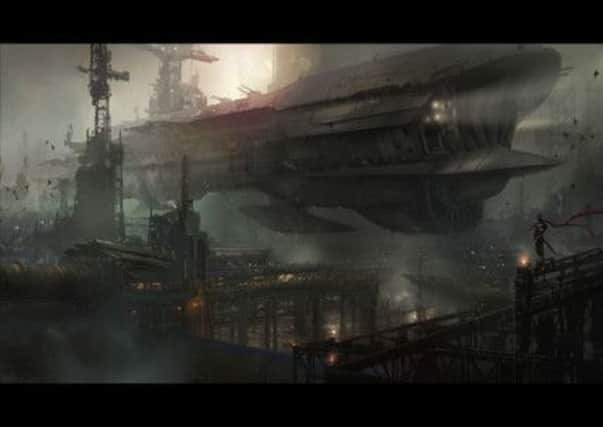Scotsman Games review: Strider, PS4


Strider - Playstation 4 (reviewed) / Xbox One / Playstation 3 / Xbox 360 / PC
Score: 8.5 / 10
Hiryu, its lithe, all-action protagonist was able to scale walls and roofs, perform outlandish cartwheels and flips, as well as take down enemies with an arsenal of imaginative weaponry.
Advertisement
Hide AdAdvertisement
Hide AdWith an original setting for the dystopian action (a near-future Russia with robotic foes and Stalinist architecture) the coin-op attracted a great deal of attention in arcades. Its legacy was cemented courtesy of a slew of conversions, the most notable of which was the port for the Megadrive, handled by Sega because Capcom had yet to sign up as a third party developer for the console.
With just five levels, the experience was brief, but to this day it stands as a fine example of how to produce a taut, entertaining arcade title. Having stagnated for too long, the series has been granted a “reboot” by Double Helix Games, a Californian studio acquired this month by online retail giant, Amazon.
Hack ’n’ slash action
Diehard fans of Strider have expressed concern that a western developer was tasked with reviving the game, particularly given the fact series creator Kouichi Yotsui is not involved. But having worked closely with Capcom’s Osaka team, it is clear from the opening moments of the new title as Hiryu nears the gates of Kazakh City that Double Helix has captured the spirit of the original without being constrained by it.
Where this title could easily have fallen by the wayside (the remake of Bionic Commando being a case in point), the speed and momentum which made Strider such an enthralling proposition remains intact, if not faster. The frantic 2D hack ’n’ slash action sees Hiryu begin with his trusty cypher, but gradually his offensive choices increase in power and variety – as do the capabilities of his enemies – as the game progresses.
This process of augmentation fits in well with Double Helix’s decision to shy away from the linearity of the original. Instead, a Metroidvania style game world allows the player to traverse various corridors, shafts and rooftops, with some routes only available to Hiryu once he has acquired a certain ability or function.
Decorous revival
The esoteric levels of the arcade version are streamlined into a uniform style, but pleasingly the change is not disruptive to the pace; the action whizzes past detailed 3D backdrops that play with the game’s heritage. Occasionally, cumbersome boss battles and the search for one of the sparsely populated checkpoints irritate, but never for long. A quarter of a century on, a gaming icon has been granted a decorous revival at a budget price.